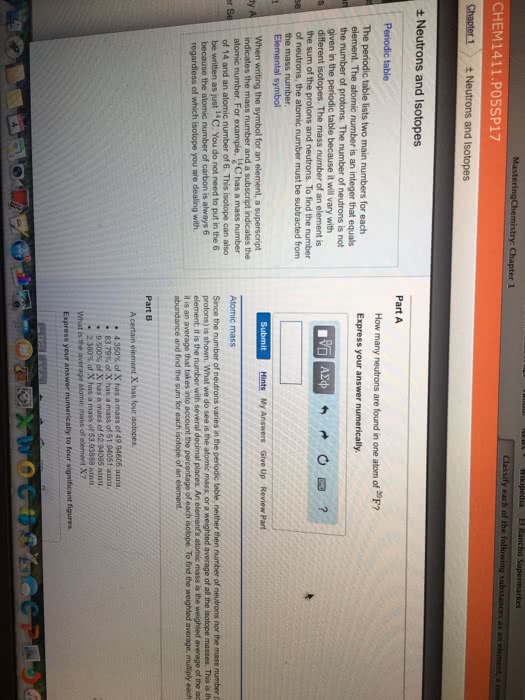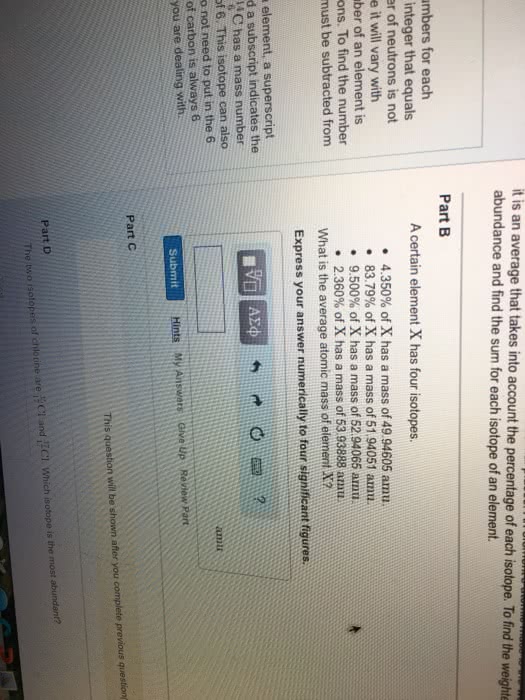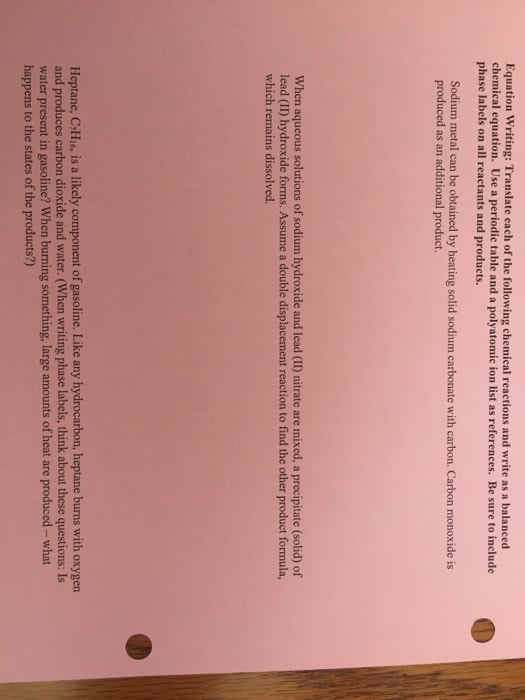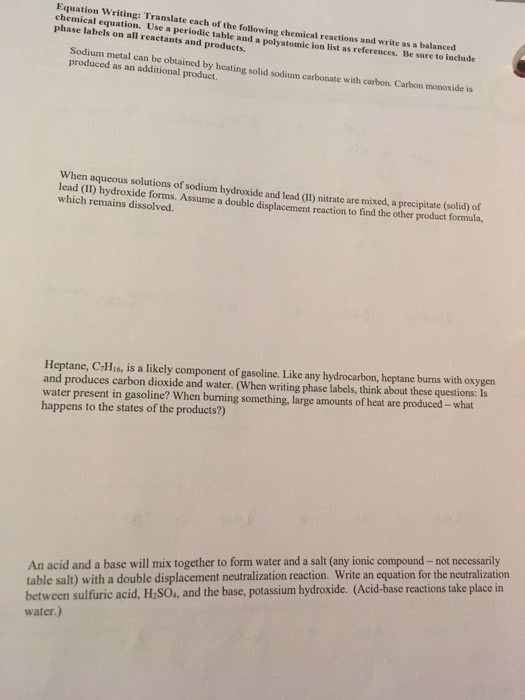CHM 131 Lecture Notes - Lecture 5: Unified Atomic Mass Unit, Molar Mass, Bromine
Document Summary
As a general rule, the complete combustion (reaction) of any hydrocarbon (molecule containing hydrogen and carbon) results in two products: gaseous carbon dioxide and water (vapor). Therefore, it is not necessary that there be water in the gasoline initially; water vapor is produced when the gasoline is burned by the engine. a synthesis reaction: two or more reactants combine to form a product. The theoretical yield is the quantity of products produced assuming the reaction occurs in ideal conditions and taking all the 100% reactants are utilised. But the actual yield result is the quantity produced in experiments conducted in laboratories. Actual yield is the measured one whereas theoretical yield is the calculated one. Hence theoretical yield is always greater than the actual yield. That means you have 2 atoms in every molecule. 157. 84 amu is composed of two br atoms of the same isotope mass of 78. 92 amu.





